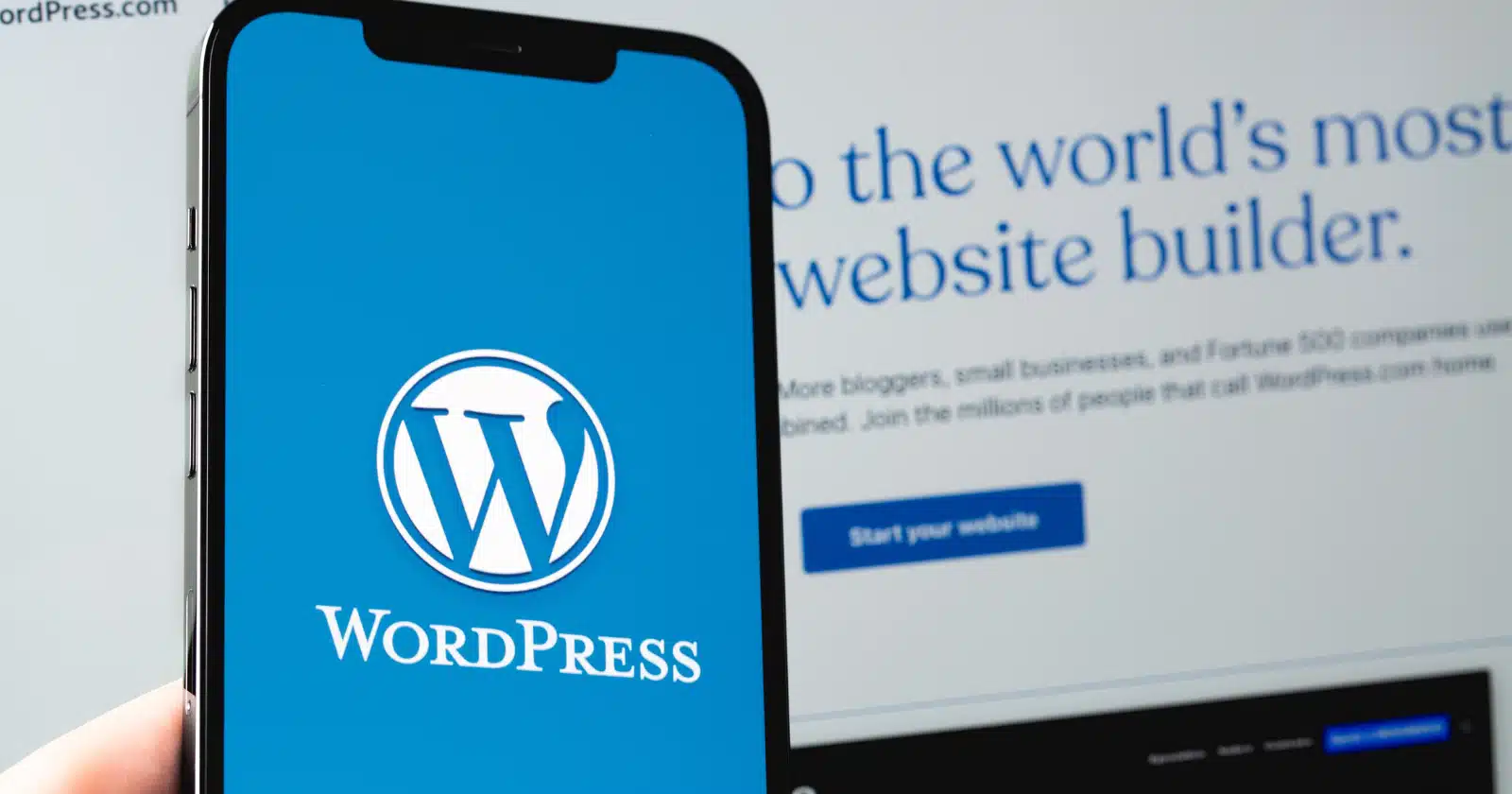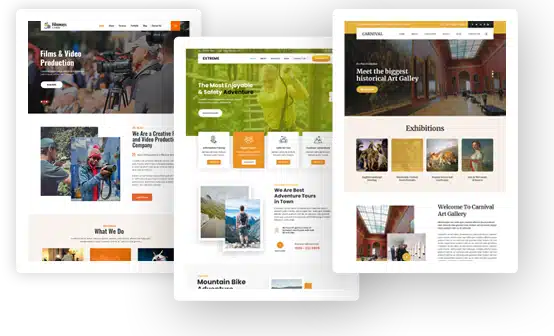WordPress for Hotels – How to Pick a Theme That Plays Nicely with PMS Software for Hotels

A beautiful site is only half the job; the other half is making sure it talks to your reservations tech without hiccups. If you’re building (or rebuilding) on WordPress, start with a theme that’s friendly to your booking engine for hotels and your hotel PMS systems. For a step-by-step overview, bookmark our guide for PMS and booking engine for hotels it explains the WordPress ↔ booking engine ↔ PMS handshake in plain English and shows what to test before going live.
Why theme – PMS compatibility matters
Your website is the front door; your PMS is the front desk. When a guest searches dates or completes a booking, your theme should pass the request cleanly to the booking engine for hotels, which returns real-time availability and pricing from the PMS. If those pieces don’t “speak” well, you’ll see stale calendars, price mismatches, double entries, and unhappy guests. Choosing the right theme early prevents most of that chaos and saves you from costly redesigns later.
What “plays nicely with PMS” actually means
Think of three handshakes happening in milliseconds:
- WordPress theme → booking engine: Your theme displays a prominent date picker, occupancy fields, and a clear “Check availability” button. When clicked, it passes parameters (dates, guests, promo code) to your hotel booking engine without breaking the session or UTM tracking.
- Booking engine → PMS: The engine calls your PMS for rates, restrictions (LOS, CTA/CTD), and room inventory, then returns live options.
- Reservation write-back: After payment, the booking engine pushes the reservation back to the PMS with all details (rate plan, taxes/fees, policies, add-ons).
A theme that “plays nicely” doesn’t try to be a booking system; it gets out of the way and supports these flows reliably.
Theme fundamentals before integrations
Choose design and performance first, then integrations. A great integration won’t save a slow or confusing site.
- Mobile-first layout: Most hotel browsing is done on mobile devices. The date picker should be thumb-friendly and visible above the fold.
- Core Web Vitals: Fast LCP, stable CLS, and responsive interactivity. Lightweight themes convert better.
- Accessibility: Logical tab order, readable contrast, and ARIA labels on forms.
- Multilingual & RTL support: If you serve multiple languages, pick a theme that plays well with translation plugins and right-to-left scripts.
- Structured data (schema): Room/product schema, FAQs, and review markup can improve visibility and click-throughs.
Signals that a theme will work with your booking stack
Look for these clues in the theme’s documentation and changelog:
- Named compatibility: The theme explicitly lists the booking engine or connector you plan to use (not only “WooCommerce compatible”).
- Lean, pluggable search widget: The theme provides a simple search form or block that can hand off to your hotel booking engine without custom hacks.
- Regular updates: Recent releases that mention performance, accessibility, and compatibility fixes.
- Clean templating: Room and offer templates use standard WordPress hooks, so your booking buttons and price snippets insert cleanly.
If you can’t find this information easily, assume extra dev time.
Evaluate the booking engine integration (not just the theme)
Even the best theme will struggle if the engine integration is flimsy. Confirm the booking tool:
- Supports real-time rates and availability from your hotel PMS systems.
- Respects PMS restrictions: minimum stays, arrival/departure restrictions, and max occupancy.
- Handles promo codes and add-ons (late checkout, breakfast, parking) without breaking the session.
- Provides secure payments (3-D Secure, tokenization) and clear folios.
- Sends reservation write-backs with modifications and cancellations, not just new bookings.
Your staging-site testing plan (copy this)
Before you commit, spin up a staging site and run these tests end-to-end:
- Search flow: On mobile, pick dates 30–60 days out and submit. Confirm the booking engine opens quickly with the exact dates and occupancy.
- Rate integrity: Compare the price of one room on your site vs. an OTA and your direct call center. Minor differences are normal; significant gaps mean restriction or tax mapping issues.
- Restrictions: Set a 3-night minimum in your PMS; verify the engine blocks 1–2 night attempts and shows a helpful message.
- Promo code & add-on: Apply a code, add breakfast, and ensure totals and tax lines recalculate correctly.
- Payment & confirmation: Complete a test booking; confirm email receipt, invoice layout, and the reservation appearing in the PMS within minutes.
- Modify & cancel: Change dates, then cancel. Ensure the PMS reflects both actions instantly.
- Speed check: Run a simple Lighthouse audit on the search page. If the theme/engine combo tanks mobile performance, fix that now, not after launch.
Document each result with screenshots; those become your internal QA checklist.
Content patterns that keep design and bookings aligned
- Room templates mapped to PMS data: Keep room names and descriptions consistent between WordPress and the PMS. Avoid clever names on the site that don’t exist in your PMS; mismatches create confusion and support tickets.
- Transparent policies and fees: Display cancellation windows, deposits, and included taxes/fees near the “Book now” button. Consistency reduces disputes and chargebacks.
- Clear rate ladders: Show “Flexible,” “Semi-Flex,” and “Non-Refundable” with plain-English benefits instead of jargon.
- Above-the-fold availability: Don’t bury your date picker; make it impossible to miss.
Theme features that genuinely help hoteliers
- Reusable blocks for rooms/offers: Build once, update everywhere.
- Gallery components with lazy-loading: Faster pages, happier guests.
- Callouts for direct-booking perks, free parking, a welcome drink, or late checkout—simple incentives that convert without heavy discounts.
- Event/attractions blocks: Surface local reasons to visit during shoulder periods and link to targeted offers.
Pitfalls to avoid
- Hard-coded booking widgets: If the theme bakes in a proprietary widget you can’t swap, you’re stuck if your booking engine changes.
- Heavy page builders everywhere: They can slow search pages and conflict with booking scripts. Use builders sparingly on content pages, not the availability flow.
- DIY calendar plugins as the engine: Calendar plugins are fine for content, not for transactional flows. Use a real hotel booking engine that integrates with your PMS.
- Mixed naming conventions: “King Deluxe” on the site and “KDLX” in the PMS will confuse staff and guests. Align these early.
Shortlist checklist (print-ready)
- Theme performance: Mobile Lighthouse ≥ 85; images lazy-load; minimal layout shift.
- Search UX: Date picker visible on first screen; passes parameters cleanly to the booking engine for hotels.
- Compatibility: Theme docs list your engine/connector; recent updates mention compatibility.
- PMS respect: Engine returns live rates, availability, and restrictions from hotel PMS systems; writes reservations back with mods/cancels.
- Payments & policies: 3-D Secure; itemized taxes/fees; clear cancellation and deposit text.
- Multilingual: Works with your translation plugin; supports RTL if needed.
- Analytics: UTM parameters persist through to the booking confirmation page.
- Support: Theme and engine both offer responsive support and searchable docs.
Rollout timeline for small properties
- Week 1 — Pick & prep: Finalize branding, choose two candidate themes, and confirm engine/PMS compatibility on paper.
- Week 2 — Staging build: Install theme, set up room templates, connect the booking engine sandbox, and load real content.
- Week 3 — QA & fixes: Run the staging tests above, address speed and accessibility issues, and tighten policy wording.
- Week 4 — Go live: Migrate, re-run the tests on production, and monitor conversions and error logs daily for the first week.
Final word: design that books
Great hospitality design is more than pretty images; it’s clarity, speed, and trust that lead to confident bookings. Choose a WordPress theme that showcases your brand, then verify that it works seamlessly with your hotel booking engine and PMS systems. Follow the testing plan, use the shortlist checklist, and you’ll launch a site that not only looks good but also sells rooms reliably—without late-night tech surprises.

